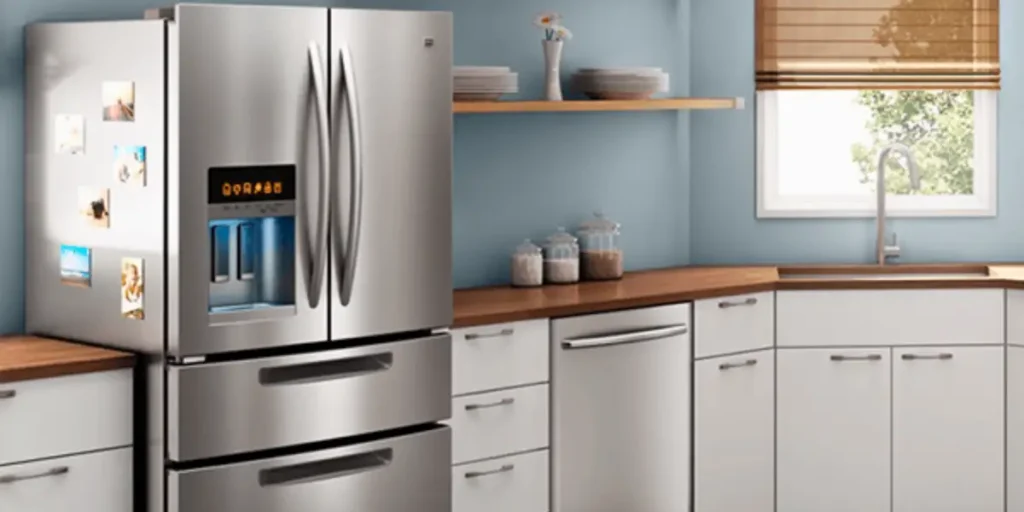Is your Maytag refrigerator leaving you puzzled, with the freezer working like a champ but the main compartment feeling lackluster?
Don’t fret! In this article, we’ll uncover the common reasons behind this cooling conundrum and provide you with practical troubleshooting steps to bring your fridge back to its chilling glory. Say goodbye to warm beverages and hello to a properly functioning refrigerator!
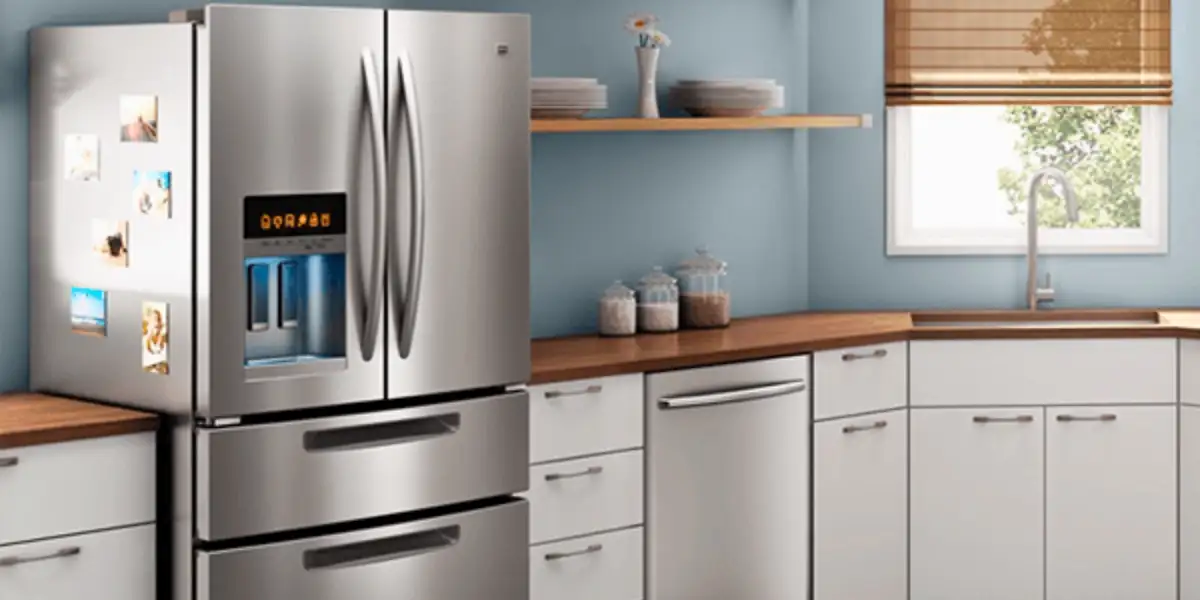
Why Is My Maytag Refrigerator Not Cooling While The Freezer Works?
Issue with Evaporator Coils
One common reason for the disparity in cooling performance is a problem with the evaporator coils.
These coils are a vital part of the refrigerant system, responsible for cooling the air inside both the freezer and the refrigerator sections.
If the defrost system fails, the coils can get frosted over with ice, reducing their efficiency and blocking the airflow.
Consequently, the refrigerator may struggle to maintain the desired temperature, while the freezer remains functional.
Faulty Evaporator Fan Motor
Another potential cause of a non-cooling refrigerator is a defective evaporator fan motor. The evaporator fan motor plays a crucial role in circulating cold air from the freezer to the refrigerator through vents.
If the fan motor stops working or becomes noisy, the freezer might still be cold, but the refrigerator won’t receive enough cold air, leading to inadequate cooling.
Improper Door Closure
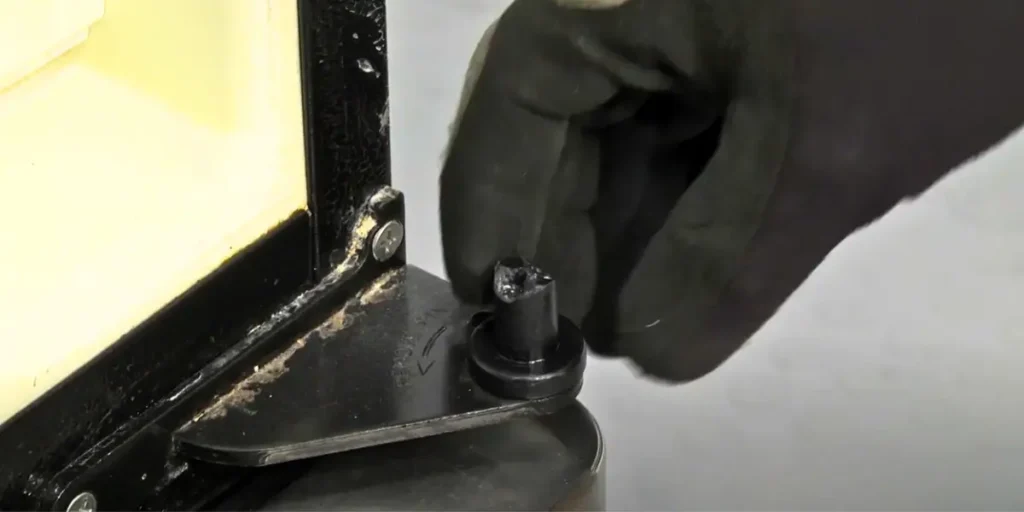
An often overlooked issue that can result in cooling problems is an improper door closure. The refrigerator’s door should form a tight seal to prevent warm air from entering and cold air from escaping.
If the door is slightly open, misaligned, or damaged, it can cause a significant loss of cooling capacity.
Regularly check the door alignment and ensure that it closes securely to maintain optimal cooling performance.
Damaged Door Gasket
The door gasket, a rubber seal attached to the edge of the refrigerator door, plays a vital role in creating an airtight barrier between the inside and outside of the fridge.
If the gasket is torn, worn out, or dirty, it may allow warm air to seep into the refrigerator, affecting its cooling efficiency.
Regularly inspect the door gasket for any damage and replace it if needed.
Malfunctioning Temperature Control Thermostat
The temperature control thermostat regulates the voltage that goes to the compressor, evaporator fan motor, and condenser fan motor.
If the thermostat malfunctions, it may prevent the refrigerant system from running or running at the correct speed, resulting in the refrigerator not cooling as expected.
Check the thermostat for any issues and replace it if necessary to restore proper cooling.
Dirty Condenser Coils
The condenser coils, located at the back or bottom of the refrigerator, play a crucial role in dissipating heat from the refrigerant.
Over time, these coils can accumulate dust, dirt, or debris, hindering their function and causing the refrigerator to overheat and not cool down efficiently. Regularly clean the condenser coils to ensure they work optimally.
Defective Condenser Fan Motor
The condenser fan motor draws air over the condenser coils to help cool them down. If the fan motor is faulty or noisy, it can impact the cooling efficiency of the refrigerator, leading to subpar cooling performance.
Inspect the condenser fan motor and replace it if necessary to restore proper cooling.
Broken Damper Control Assembly
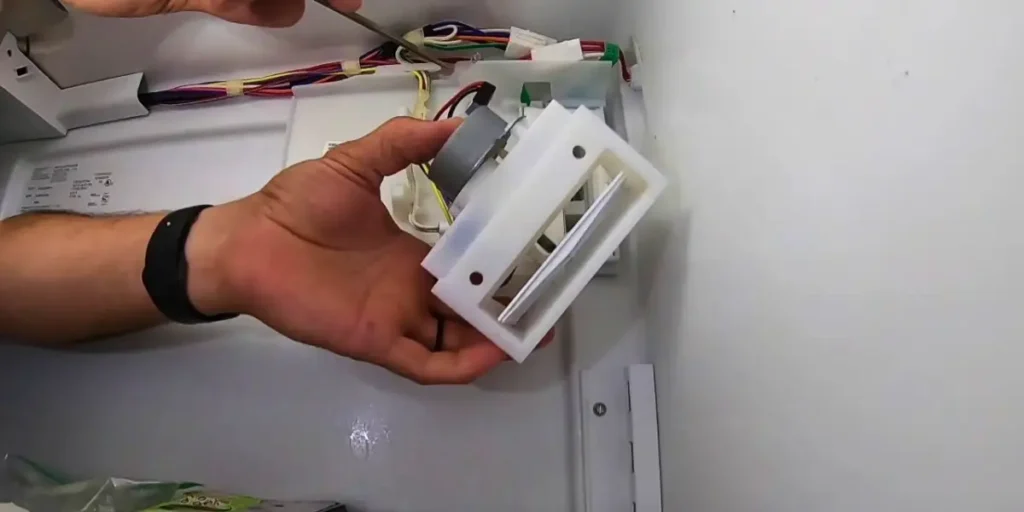
The damper control assembly regulates how much cold air enters the refrigerator from the freezer. It consists of a damper, a motor, and a sensor.
If any of these components are broken or defective, it can result in improper airflow, causing temperature fluctuations within the refrigerator.
Check the damper control assembly and repair or replace any damaged parts as needed.
Faulty Thermistor
The thermistor is a sensor that monitors the temperature inside the refrigerator and sends signals to the control board.
If the thermistor is faulty, it may send incorrect or no signals, causing the refrigerator to run too long or too short, resulting in inadequate cooling. Test the thermistor with a multimeter and replace it if it’s defective.
Defective Main Control Board
The main control board acts as the brain of the refrigerator, controlling all its functions, including cooling.
If the control board is defective, it may not send power to the refrigerant system components or regulate them correctly, leading to cooling issues.
Inspect the main control board and replace it if necessary to restore proper functionality.
Troubleshooting Steps For A Non-Cooling Maytag Refrigerator
You can follow these detailed troubleshooting steps to address the issue:
Check the power supply:
First and foremost, make sure your refrigerator is properly plugged into an electrical outlet.
Sometimes, due to accidental bumps or movements, the power cord can get disconnected, leading to cooling problems.
Take a moment to verify that the plug is firmly inserted into the socket.
Next, inspect the circuit breaker or fuse box in your home. Look for any tripped or blown fuses that might be affecting the refrigerator’s power supply. If you find any, reset the breaker or replace the blown fuse.
Inspect the temperature settings:
Modern refrigerators come equipped with adjustable temperature settings to control the cooling performance.
Open the refrigerator and freezer doors and locate the temperature control settings. They are often found on the control panel or might be adjustable through knobs inside the refrigerator.
Verify that your refrigerator’s temperature setting is at the recommended level. For most models, the ideal temperature for the refrigerator compartment is around 37°F (3°C), while the freezer should be set to approximately 0°F (-18°C).
If the settings appear to be off, adjust them accordingly and allow some time for the refrigerator to stabilize at the new temperature.
Examine the door and door gasket:
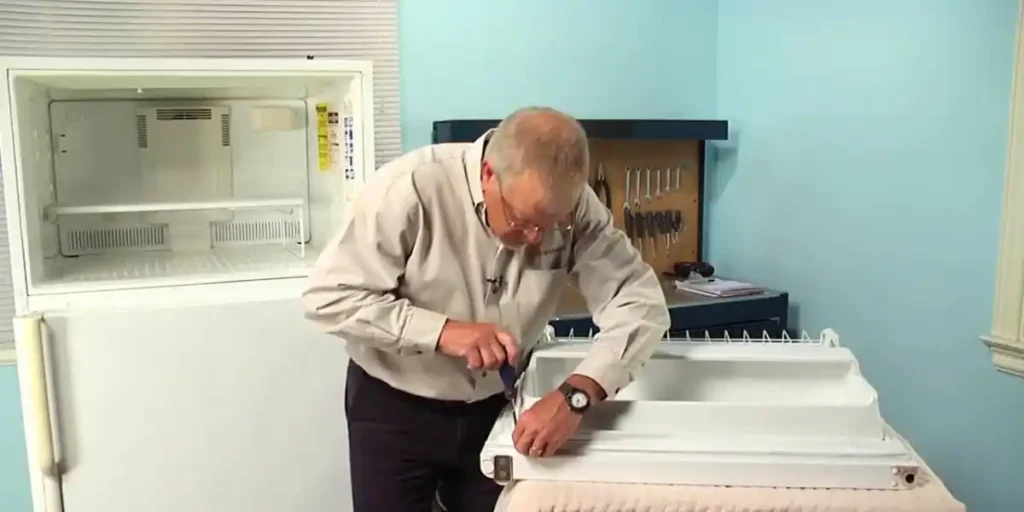
Proper door closure is crucial for maintaining the cooling efficiency of your refrigerator. Carefully inspect the refrigerator door for any visible gaps or misalignment when it is closed.
A misaligned door might not create a tight seal, allowing cool air to escape and warm air to enter, affecting the overall cooling performance.
Additionally, check the condition of the door gasket. The gasket is the rubber seal that runs along the edges of the door.
It ensures an airtight closure when the door is shut. If you notice any tears, cracks, or signs of wear on the gasket, it’s essential to replace it promptly.
Clean the vents and airflow:
Proper airflow is crucial for maintaining consistent temperatures throughout the refrigerator.
Check for any obstructions or blockages in the vents that could hinder the flow of cold air from the freezer to the refrigerator compartment.
You can typically find the vents at the back or sides of the refrigerator. Use a vacuum cleaner or a brush to gently remove any dust, debris, or food particles that might have accumulated over time.
This simple step can significantly improve the refrigerator’s cooling performance.
Clean the condenser coils:
The condenser coils play a vital role in releasing heat from the refrigerator. Over time, they can collect dust, dirt, and debris, reducing their ability to dissipate heat efficiently. This can lead to a drop in cooling performance.
To clean the condenser coils, first, unplug the refrigerator from the power source. Locate the coils, which are usually at the back or bottom of the refrigerator.
Use a brush or a specialized condenser coil cleaning brush to gently remove the accumulated dirt and dust. Take care not to damage the coils in the process.
Regularly cleaning the condenser coils, about every six months or so, will help your refrigerator maintain optimal cooling efficiency.
Defrost the freezer:
If you notice that the evaporator coils in the freezer are frosted over or iced up, it’s essential to defrost them. Excessive frost buildup can block airflow and hinder proper cooling.
To defrost the freezer, first, remove all the perishable items and store them in a cooler or another freezer. Unplug the refrigerator to ensure safety during the defrosting process.
With the refrigerator off, keep the freezer door open to let the frost melt naturally. You can place towels or a container to catch the water droplets.
Never use sharp objects or utensils to speed up the defrosting process, as this can damage the coils.
Once the frost has melted, clean up any remaining water and plug the refrigerator back in.
Allow some time for the appliance to cool down before returning the stored items to the freezer.
Check and test components:
If the troubleshooting steps above haven’t resolved the cooling issue, it’s time to check and test specific components of the refrigerator.
- Evaporator fan motor: This fan circulates cold air from the freezer to the refrigerator. Listen for its sound while the refrigerator is running. If you don’t hear it, the motor might be faulty and needs replacement.
- Temperature control thermostat: The thermostat regulates the refrigerator’s cooling cycle. Use a multimeter to test its continuity. If it’s not functioning correctly, replace it.
- Damper control assembly: The damper control assembly regulates the flow of cold air from the freezer to the refrigerator. If it’s not opening or closing properly, it can impact cooling. Check for any obstructions or damages and replace if necessary.
- Thermistor: The thermistor senses the refrigerator’s temperature and sends signals to the control board. Test its continuity with a multimeter and replace if faulty.
- Main control board: The main control board acts as the brain of the refrigerator, controlling various functions. If none of the above components are faulty, the control board might be the issue. However, it’s essential to rule out other possibilities first before considering a replacement.
Maintaining your Maytag Refrigerator for Optimal Cooling
To ensure your Maytag refrigerator performs optimally and maintains proper cooling, follow these maintenance tips:
Clean the Condenser Coils Regularly:
Keep the condenser coils clean by vacuuming or brushing off dust and debris every six months or more frequently if needed.
The coils are responsible for releasing heat from the refrigerator, and if they are dirty, it can lead to inefficient cooling and higher energy consumption. Regular cleaning will help the fridge work efficiently and extend its lifespan.
Replace the Door Gasket:
Periodically check the door gasket for wear and tear and replace it every three to five years or as necessary.
The gasket creates a tight seal when the door is closed, preventing warm air from entering and maintaining the cool temperature inside.
If it’s damaged or worn out, it can compromise the refrigerator’s cooling performance, leading to potential food spoilage.
Defrost the Freezer:
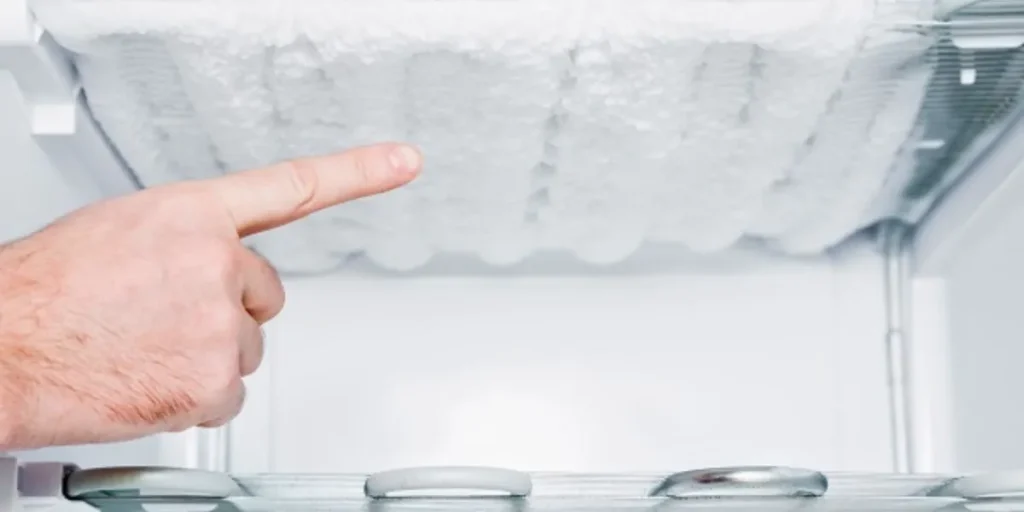
Manually defrost the freezer if frost or ice buildup exceeds one-fourth inch on the walls or floor. Excessive frost can reduce the freezer’s cooling efficiency and available storage space.
Defrosting it will not only improve cooling but also prevent potential water leaks and avoid overworking the compressor.
Level and Align the Refrigerator:
Check and adjust the refrigerator’s level from side to side and front to back. Also, ensure the door alignment is proper to maintain a tight seal.
A properly leveled refrigerator ensures the doors close correctly and prevents air leaks, keeping the inside temperature stable and efficient. Use a level tool and adjust the front and rear leveling legs as needed.
Replace the Water Filter:
Replace the water filter every six months or as recommended by the manufacturer to maintain water quality and flow.
A clean water filter ensures that the water dispensed from the refrigerator is free from impurities and tastes fresh.
Regular replacement is crucial to avoid clogging, which can affect both the water dispenser and ice maker.
FAQs about Maytag refrigerator cooling issues
How long does a Maytag refrigerator typically last?
On average, a Maytag refrigerator can last around 13 years, though this can vary depending on usage, model, and maintenance.
How can I tell if the evaporator fan motor is malfunctioning in my Maytag refrigerator?
Listen for unusual noises or check if the fan is not running when the refrigerator is on.
Why is the door of my Maytag refrigerator not closing properly?
Misalignment or a damaged door gasket may cause improper sealing, but adjusting the door or replacing the gasket can resolve the issue.
Can a faulty temperature control thermostat affect the cooling performance of my Maytag refrigerator?
Yes, a malfunctioning thermostat can disrupt the refrigerator’s cooling cycle, leading to inadequate cooling.
How often should I replace the water filter in my Maytag refrigerator?
Replace the water filter every six months or as recommended by the manufacturer to ensure proper cooling efficiency and fresh-tasting water.
Conclusion
Understanding the reasons behind a Maytag refrigerator not cooling while the freezer works is crucial.
By following the practical troubleshooting steps provided, such as checking the evaporator fan motor, cleaning the condenser coils, and ensuring proper door closure, you can restore your refrigerator’s cooling performance and bid farewell to the cooling conundrum.
Remember, regular maintenance is key to keeping your Maytag refrigerator running efficiently and providing you with chilled delights for years to come.
Resources:
1. https://www.maytag.com/blog/kitchen/refrigerator-is-not-cooling.html
2. https://www.repairclinic.com/RepairHelp/How-To-Fix-A-Refrigerator/58-4–/Maytag-Refrigerator-Freezer-Is-Cold-But-Refrigerator-Is-Warm

